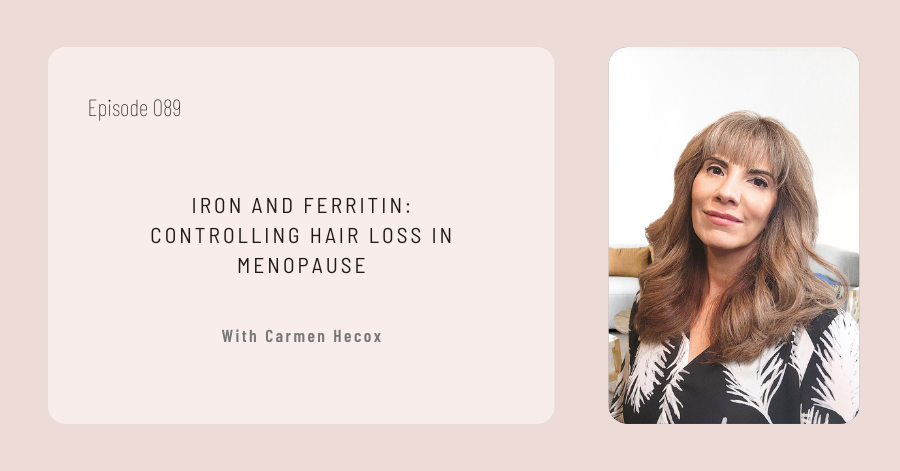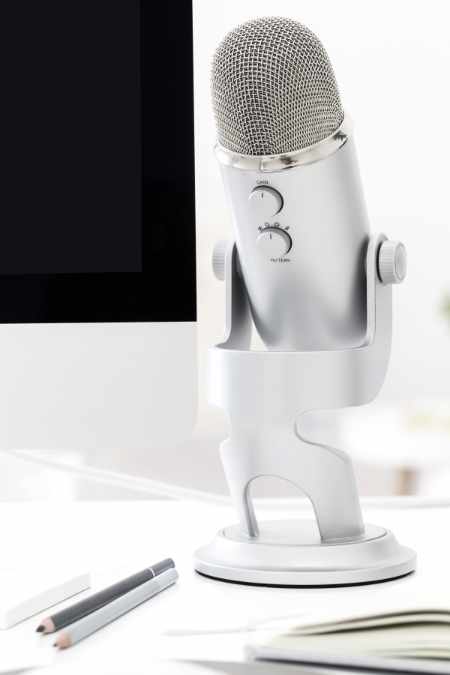Iron and Ferritin: Controlling Hair Loss in Menopause
Boost Hair Health with Essential Iron and Ferritin Insights
Iron and Ferritin: The Secret to Stronger Hair During Menopause
Struggling with hair loss can be unsettling, especially when it arrives hand-in-hand with menopause. The shedding may feel like an inevitable part of this life phase, but it doesn’t have to be. Iron and ferritin levels play a significant role in supporting hair health, particularly for women in perimenopause, menopause, or post-menopause. Iron deficiency or low ferritin, which is your body’s iron storage protein, can directly impact hair growth and thickness. Understanding how to manage these levels could be the key to maintaining healthier, stronger hair.
Throughout this discussion, I’ll dive into the importance of iron and ferritin, how these nutrients impact hair health, and share actionable steps anyone facing hair loss can take to balance their levels safely. The fastest way to boost iron and ferritin levels is through heme iron sources—foods such as red meat, poultry, and fish—which are the most readily absorbed by the body.
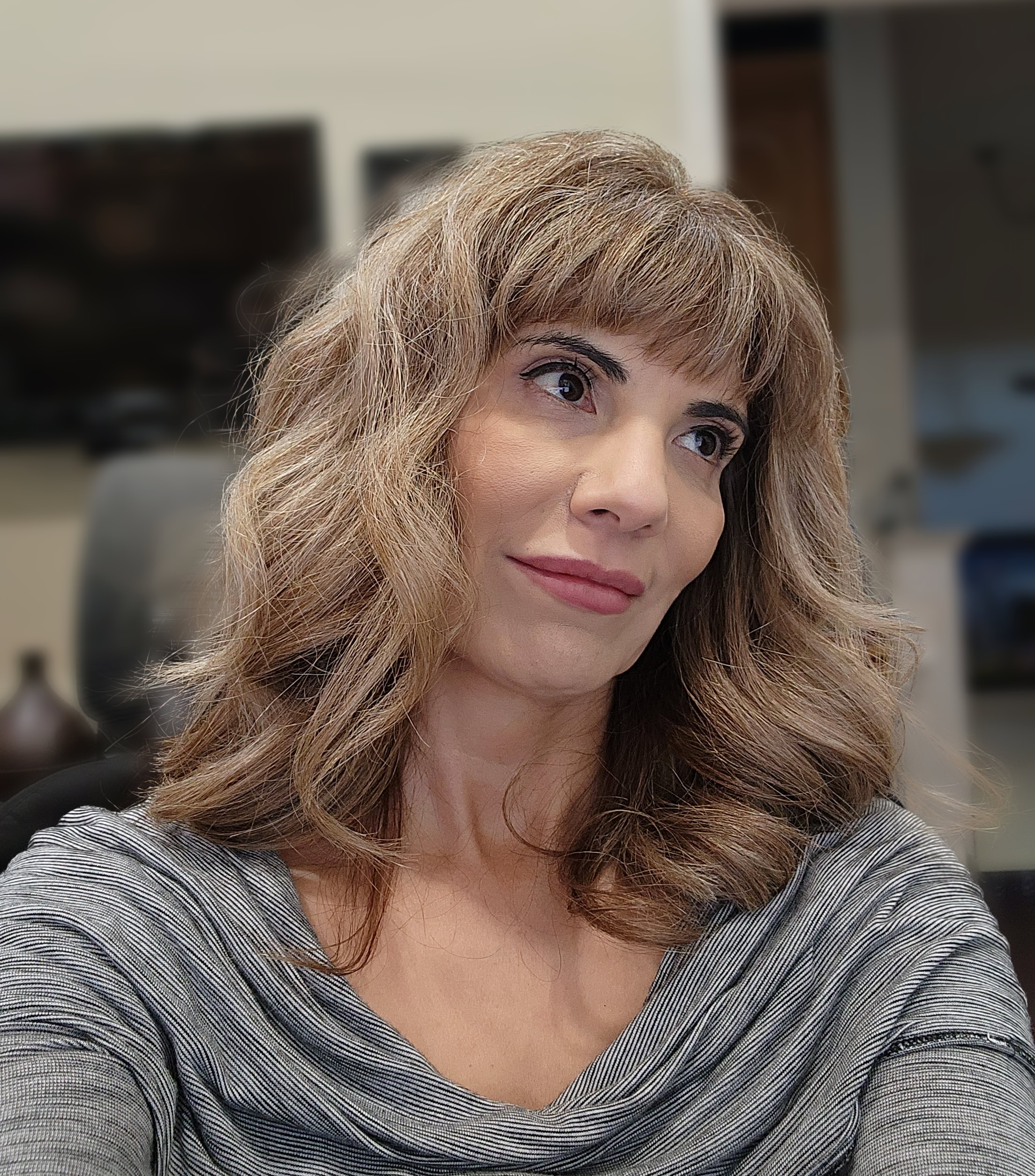
Understanding Iron: The Essential Mineral for Hair Health
Iron is crucial for overall health. Our bodies rely on it to produce hemoglobin, the protein in red blood cells that carries oxygen from the lungs to tissues throughout the body, including hair follicles. Adequate oxygenation is essential because hair follicles require oxygen to grow healthy hair. When iron levels are low, it doesn’t just impact energy and overall well-being—it can also contribute to hair thinning and loss.
How Iron Deficiency Affects Hair During Menopause
As women transition into perimenopause and menopause, their iron levels can fluctuate. This is often due to heavy or irregular menstrual cycles during perimenopause, which can lead to increased iron loss. Once menstruation stops post-menopause, iron needs typically decrease, but it’s still possible for iron levels to become low due to various factors like diet or underlying health conditions. These fluctuations in iron can have a direct impact on hair strength and growth.
Symptoms of low iron can include fatigue, dizziness, shortness of breath, and, of course, hair loss. If any of these symptoms sound familiar, it might be time to consider having iron levels checked, particularly if hair shedding is a concern.
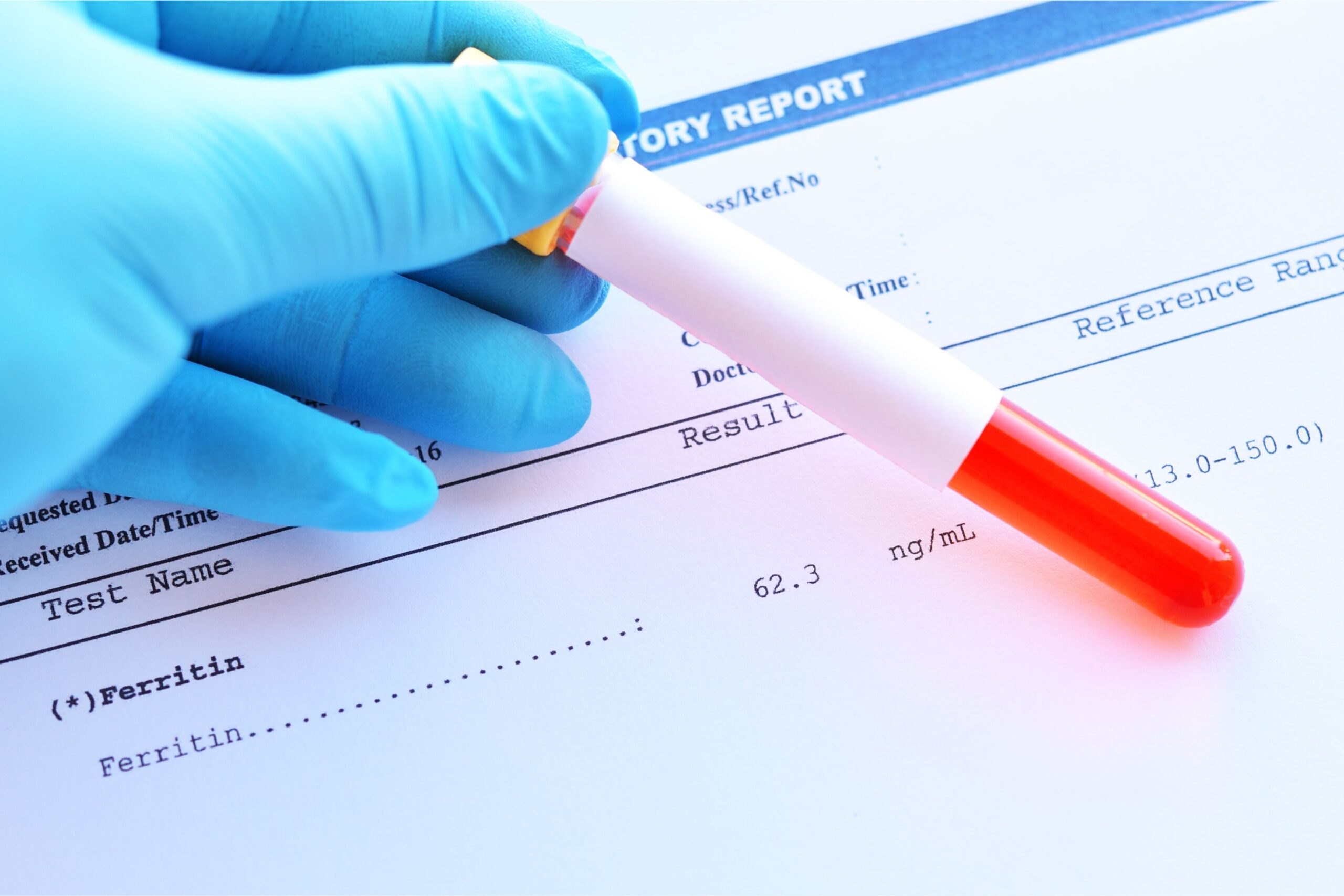
Ferritin Explained: Your Body’s Iron Reserve
Ferritin is the protein that stores iron within the cells, releasing it when the body needs it. Think of ferritin as an iron reserve that keeps levels balanced and available when necessary. For those experiencing hair loss, optimal ferritin levels can be key.
What’s an Optimal Ferritin Level for Hair Growth?
For women in post-menopause, maintaining ferritin levels in the range of 70 to 100 nanograms per milliliter is considered optimal for supporting hair growth and minimizing hair loss. A ferritin level in this range helps ensure that enough iron is available to promote hair follicle health, while levels that are too low can lead to increased shedding. Low ferritin doesn’t just contribute to hair loss; it also can cause fatigue, weakness, and other symptoms that can interfere with daily life.
Join our community
Connect with like-minded individuals.
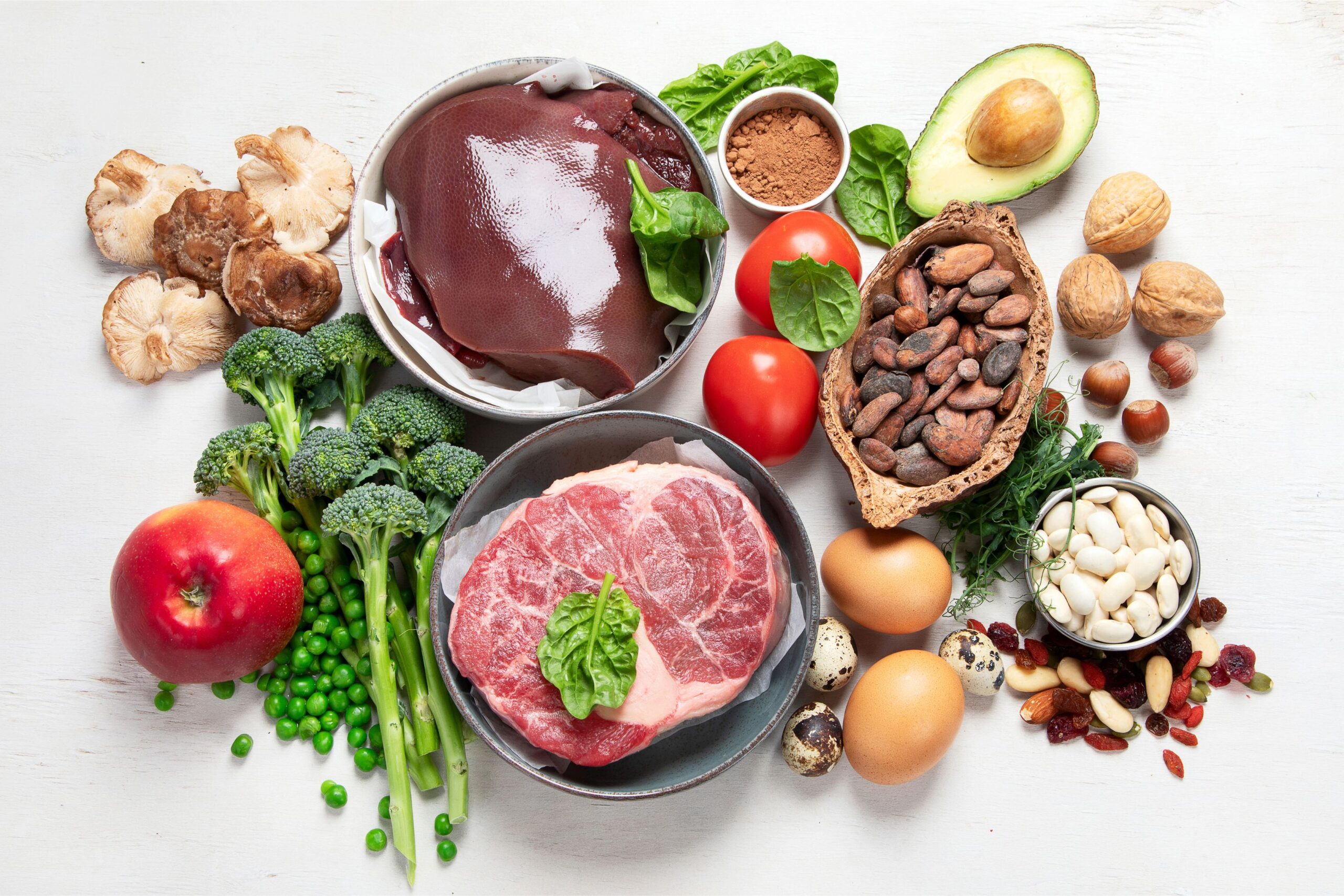
Increasing Iron and Ferritin Levels Safely
One of the most natural and efficient ways to increase ferritin levels is through diet. Heme iron, which comes from animal sources like red meat, poultry, and fish, is more easily absorbed by the body than non-heme iron from plant-based foods. Non-heme iron, found in sources like leafy greens, nuts, and legumes, is also beneficial but may require pairing with vitamin C-rich foods to improve absorption.
Foods That Boost Iron and Ferritin Levels
- Heme Iron Sources: Liver, beef, pork, venison, lamb, dark meat poultry, shellfish, eggs, and certain types of fish.
- Non-heme Iron Sources: Beans, lentils, spinach, kale, quinoa, and nuts.
Recommended Daily Iron Intake
- Girls and Boys 4-8: 8-10 milligrams
- Girls and Boys 9-13: 8 milligrams
- Girls 14-18: 15 milligrams
- Boys 14-18: 11 milligrams
- Adult Men 19-50: 8 milligrams
- Adult Women 19-50: 18 milligrams
- Pregnant Women: 27 milligrams
- Breastfeeding Women 14-18: 8 milligrams
- Women and Men 50+: 8 milligrams
Combining iron-rich foods with foods high in vitamin C, such as oranges, strawberries, and peppers, can further support absorption. However, avoid consuming caffeine, tea, and calcium around iron-rich meals, as these can hinder iron absorption.
Iron Supplementation: When Food Isn’t Enough
Sometimes, diet alone may not be sufficient to raise iron and ferritin levels, especially in cases of chronic deficiency or high levels of hair shedding. Taking an iron supplement may be necessary, but it’s essential to consult a doctor before starting any iron supplementation. Taking too much iron can lead to iron poisoning, which is dangerous and can cause symptoms like abdominal pain, vomiting, diarrhea, and even serious health complications.
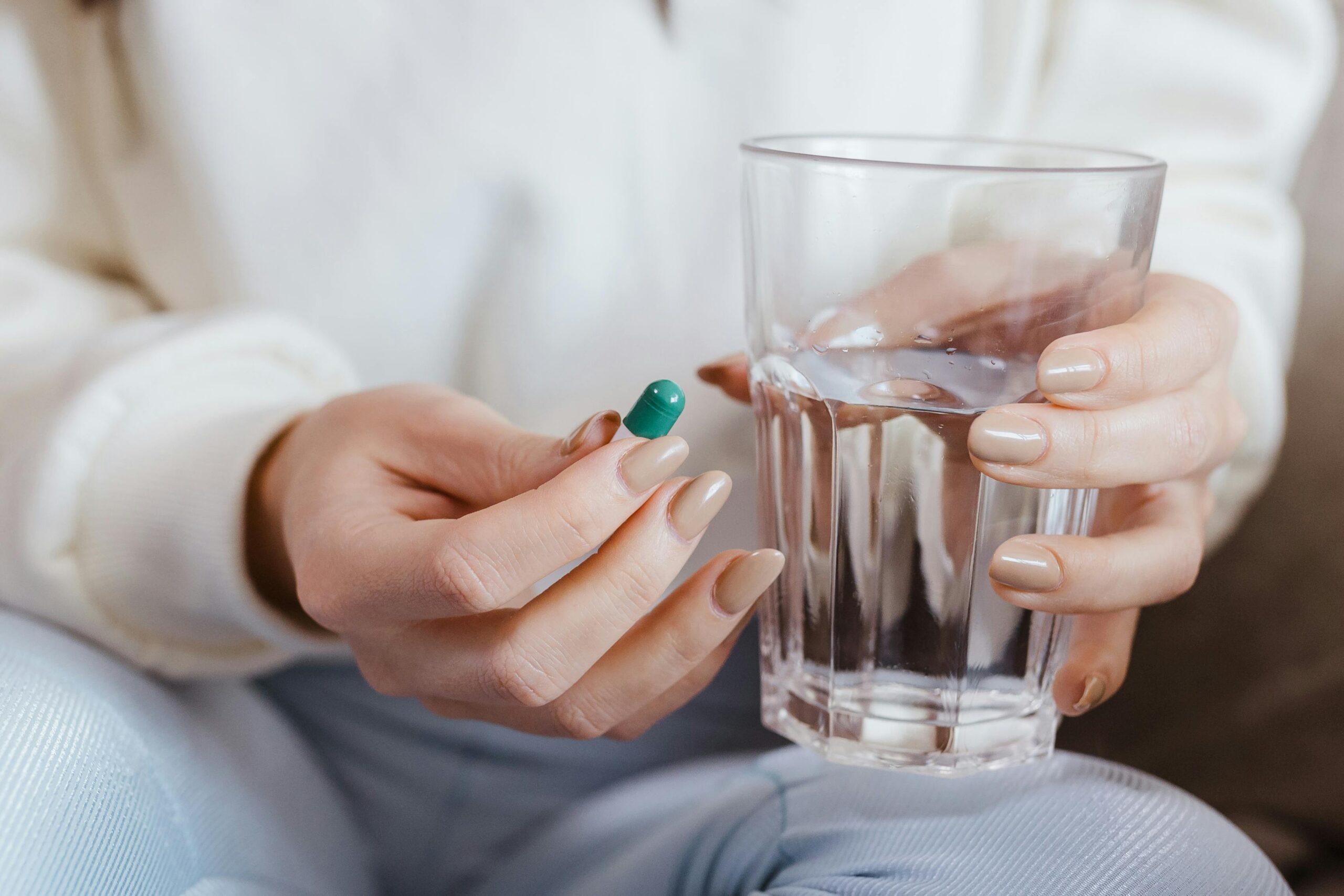
Potential Risks of High Iron and Ferritin Levels
While low iron and ferritin levels can contribute to hair loss, too much iron can also be problematic, particularly for women who are post-menopausal. After menopause, iron builds up more readily in the body because monthly blood loss no longer occurs, making it easier for iron levels to become too high. Excess iron can lead to organ damage, among other serious health issues. Always work with a healthcare provider who can monitor iron levels regularly to avoid the risks of iron overload.
Why Menopause Affects Iron and Ferritin Levels Differently
During perimenopause, women may experience heavier and more frequent periods, leading to greater iron loss. Once menopause begins, monthly iron loss through menstruation stops, which often results in lower iron requirements. However, despite these changes, some women in post-menopause can still develop iron deficiencies, which can affect hair and overall health. Since individual needs can vary significantly, it’s important to keep up with regular check-ups and lab tests to make sure iron levels remain balanced.
Tips for Supporting Hair Health During Menopause
For anyone facing hair loss, here are a few practical tips that can help:
- Consult with a Doctor: Before making any changes, speak with a healthcare provider who can run tests and recommend supplements if needed.
- Consider a Dermatologist’s Opinion: A dermatologist can offer specialized insights into hair loss and suggest treatments tailored to individual needs.
- Maintain a Balanced Diet: Focus on iron-rich foods, as well as nutrients like protein, zinc, and vitamins essential for hair health.
- Limit Iron Supplementation Unless Needed: Only supplement if a doctor recommends it, as too much iron can be harmful.
- Focus on Healthy Hair Practices: Techniques like red-light therapy, scalp massage, and using gentle hair products can help support hair health without adding strain to the follicles.
Final Thoughts: Putting Health First in Every Phase of Life
Hair loss during menopause doesn’t have to be permanent or inevitable. By understanding the importance of iron and ferritin levels, anyone can take actionable steps toward supporting healthier hair. Incorporating heme iron-rich foods, following up with lab tests, and working closely with a healthcare provider can all help address hair loss concerns effectively. Through balanced nutrition, medical guidance, and mindful hair care, it’s possible to manage hair health naturally as life changes.
For more content on women’s health and the journey through midlife, be among the first to receive new tips and insights on topics like this one. Don’t miss out on valuable information and any upcoming events—make sure to stay connected and informed!
Watch the complete episode here!
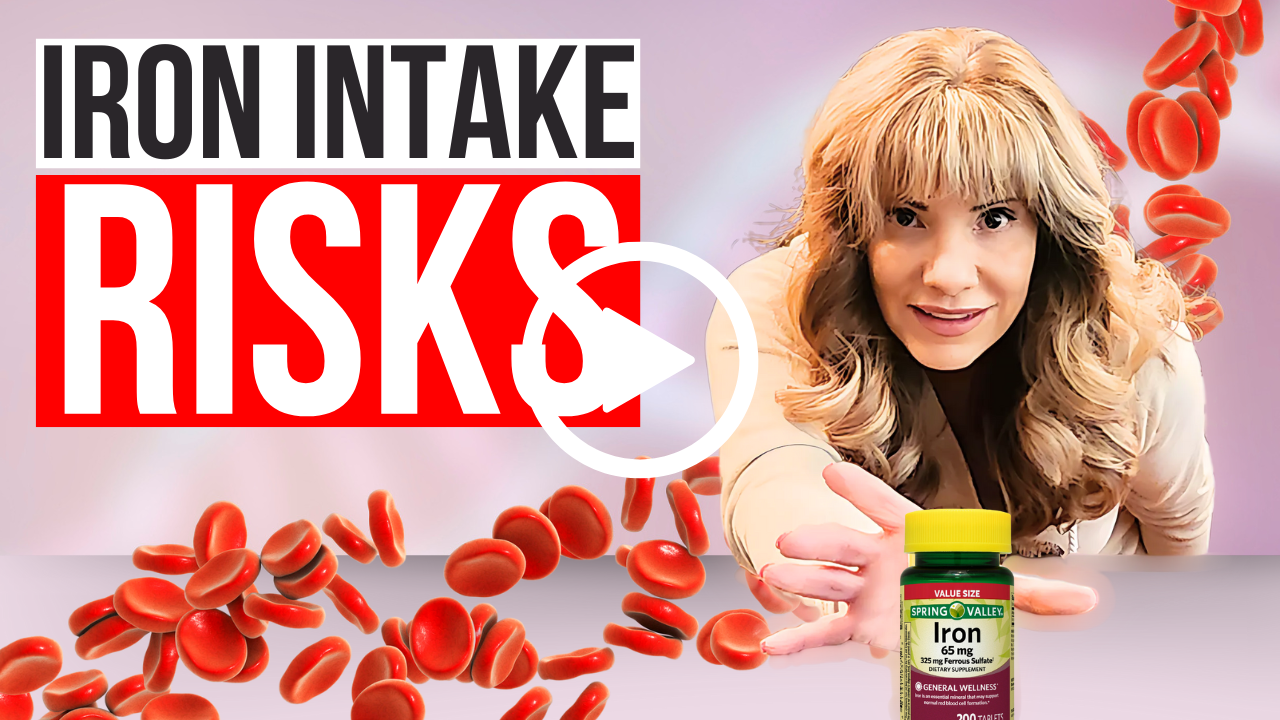
Resources Mentioned:
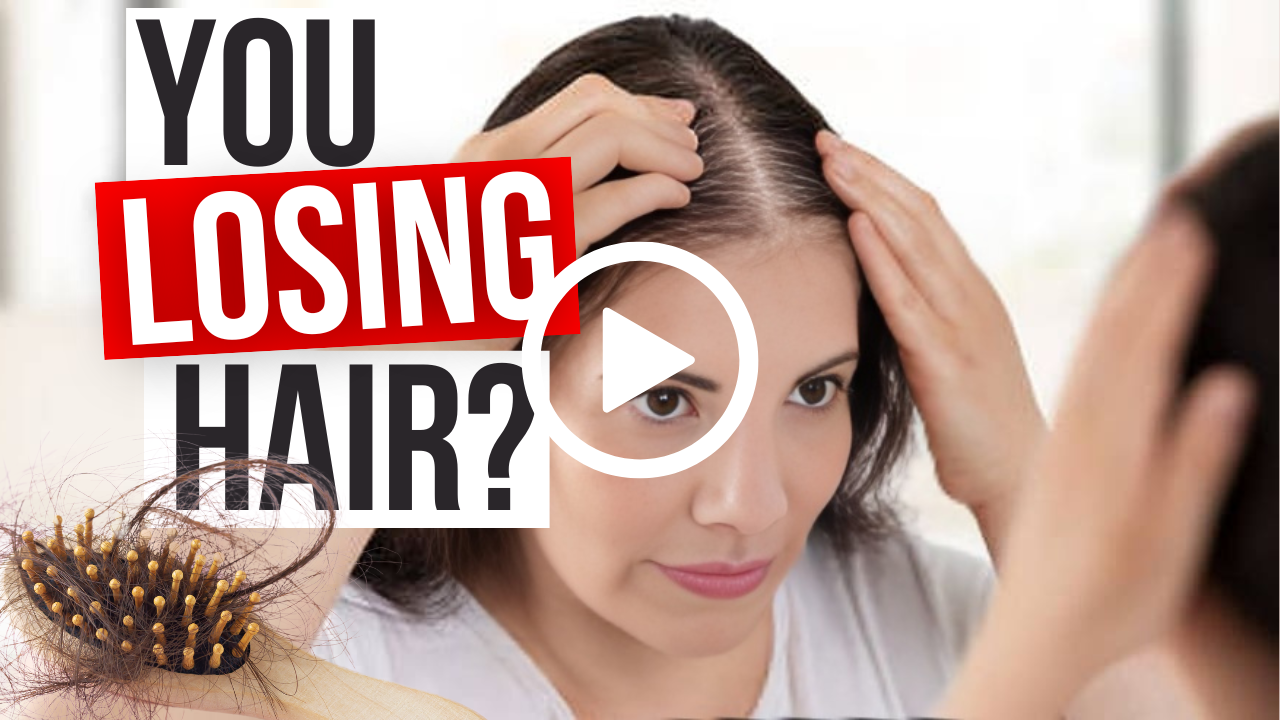
Hair Loss After Menopause: My Personal Journey
Subscribe to Apple Podcasts, and don't forget to Rate and Review
Like what you heard? If so, please rate and comment on Apple Podcasts. And while you are there, let me know what you want to hear next.
And while you are there, don't forget to hit Subscribe.

